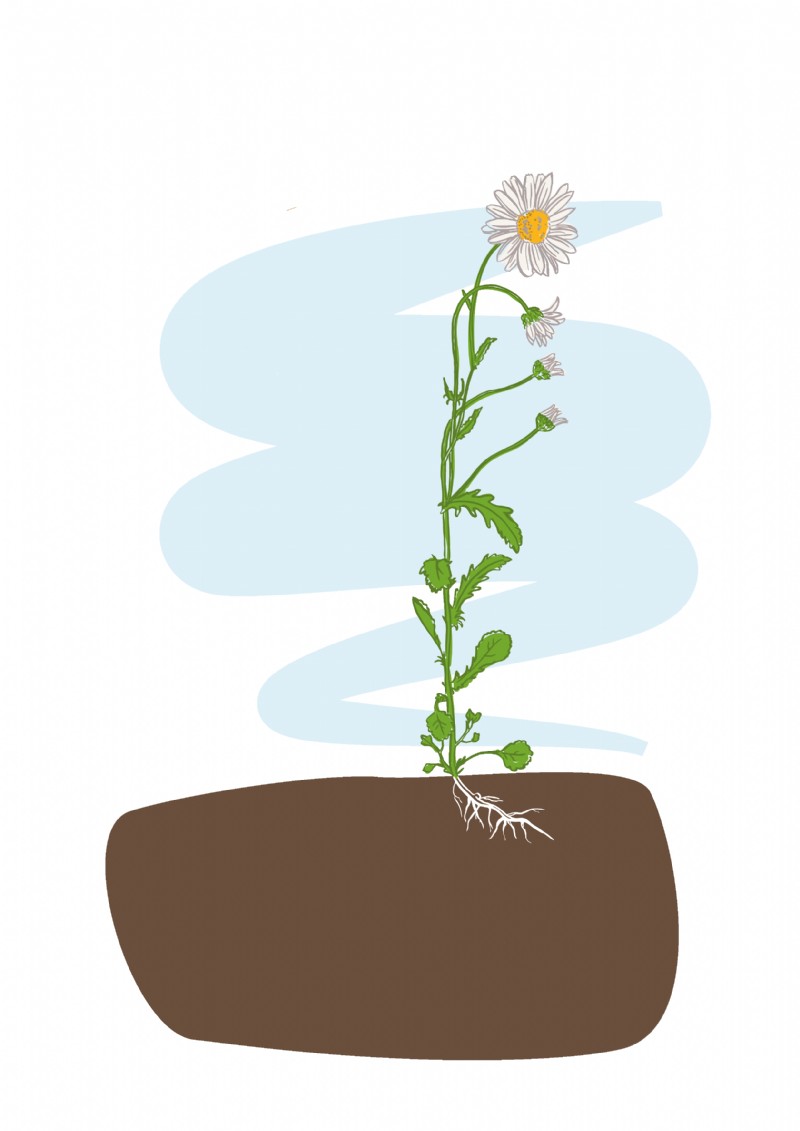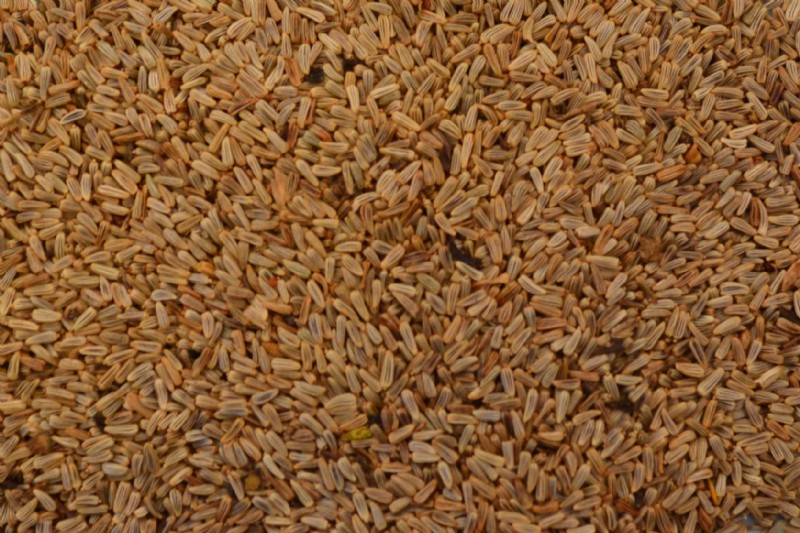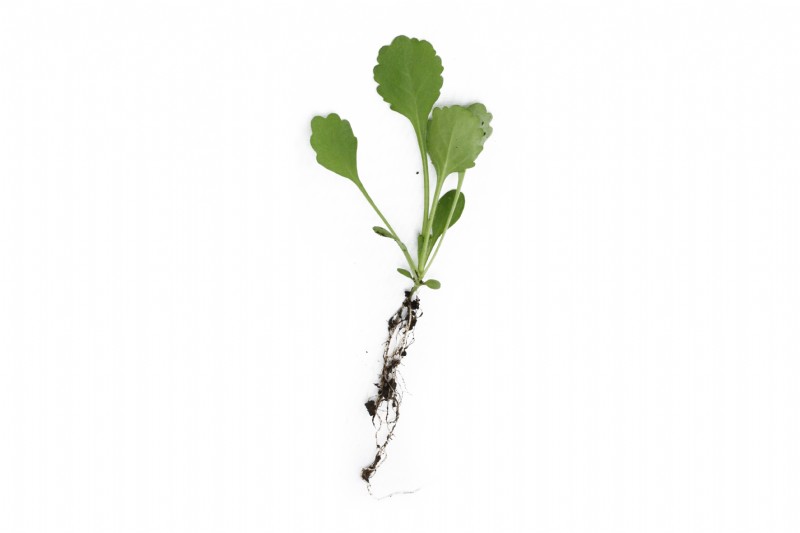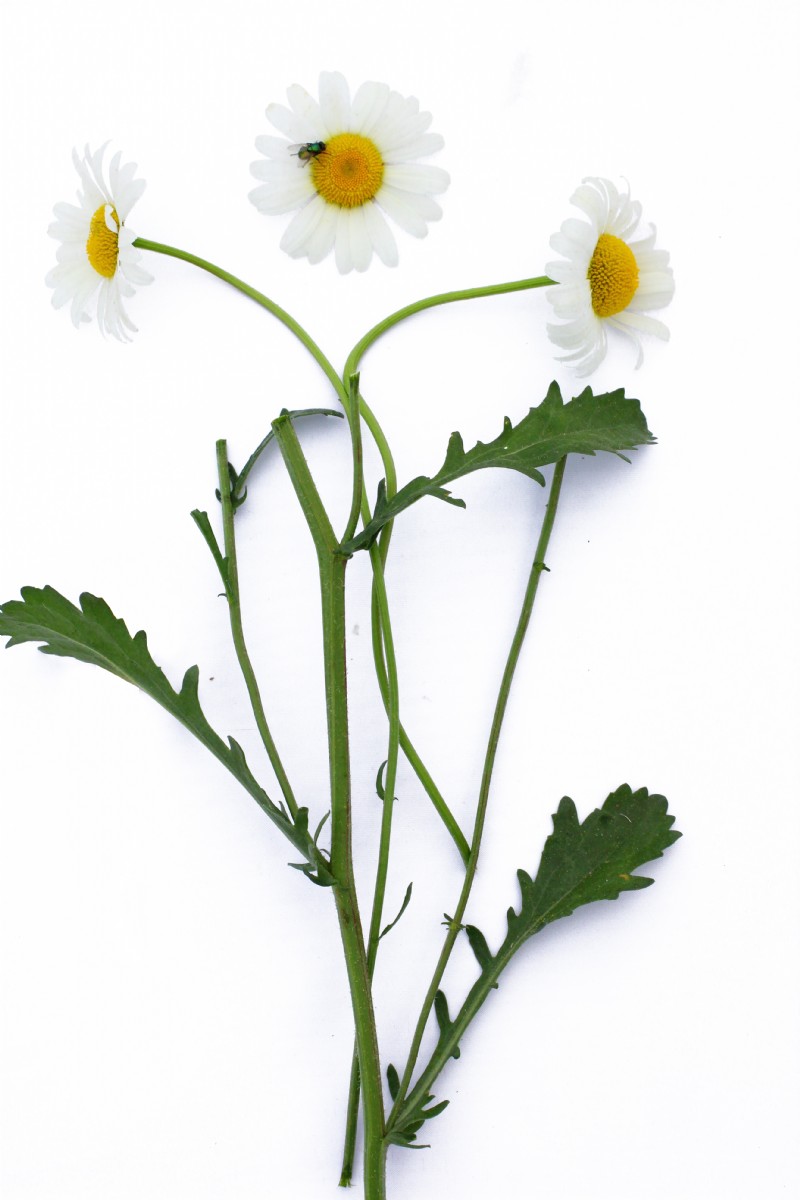Ox-eye Daisy
Ox-eye daisy is a robust wildflower species, the flower head is a typical daisy shape, with white petals and yellow central florets. They grow in solitary heads and are around three to five centimetres wide.
Uses
Often used as a reliable component of most wild flower mixtures.
Persistence
This can be a short-term perennial species, it establishes quickly and is known as a pioneer plant, it may eventually disappear from competitive swards. Allowing it to reseed will increase the persitance of the plant.
Strengths
It is a reliable species when creating a wild flower meadow, it can be one of the first true perennials to flower, sometimes during the year of sowing.
Frost Tolerance
Ox-eye daisy is frost tolerant.
Sowing Rate Advice
1 gram per m2
Ideal Sowing Time
Sow in autumn or spring.
Management
Due to its aggressive, pioneer nature ox-eye daisy can seem overly dominant in the early stages of recreating a wild flower meadow.
Distinguishing characteristics
Seed
This is a small, long but thin seed, which is a pale yellow colour. It has a papery, ribbed texture and a shiny surface.
Seedling
The seedling has small rounded cotyledons, before going on to produce true leaves with recognisable, bluntly toothed edges.
Flowering Plant
This is a dark green coloured species. It is a bushy, generally upright plant, which may be hairy or hairless.
The lower leaves are stalked, with toothed margins and the upper leaves have a similar shape but shorter stalks.
Additional Info
Flowers May-September. This species can grow from 20 - 80cm in height. The oxeye daisy was dedicated by the Greeks to Artemis, goddess of the moon. The petal-plucking game 'He loves me; he loves me not' is thought to have started with the Ox-eye Daisy, and is now a well known children's activity.
You can find Ox-eye Daisy in the following mixtures






